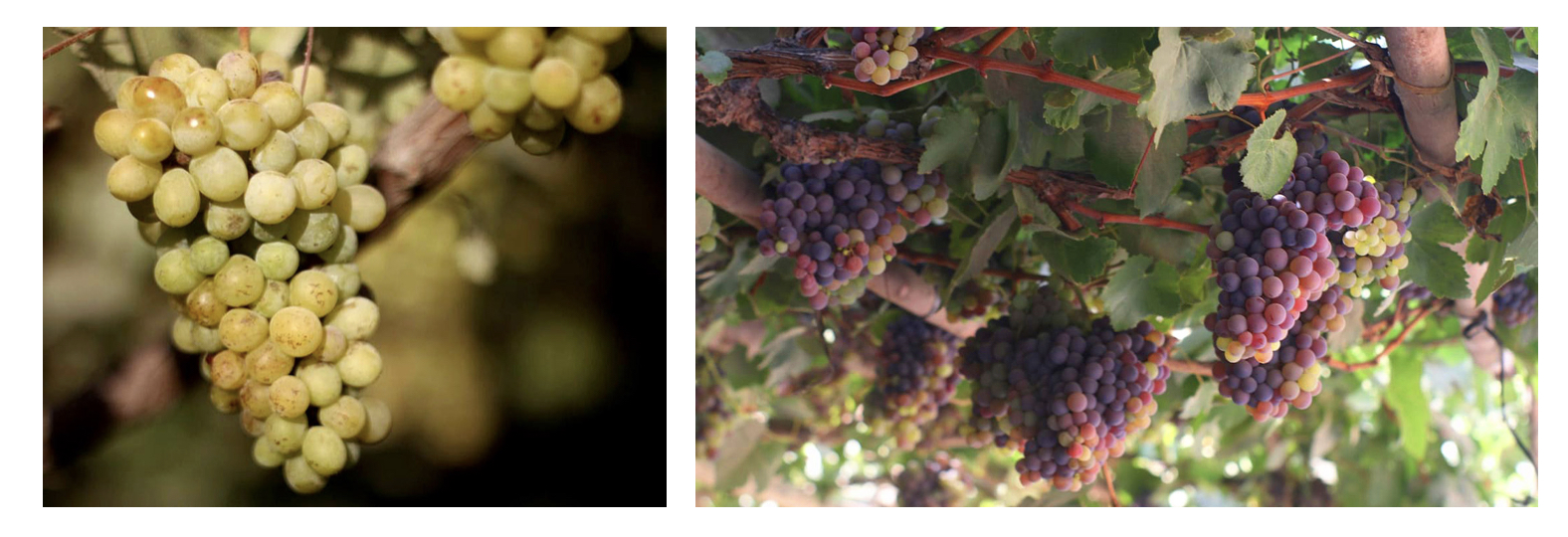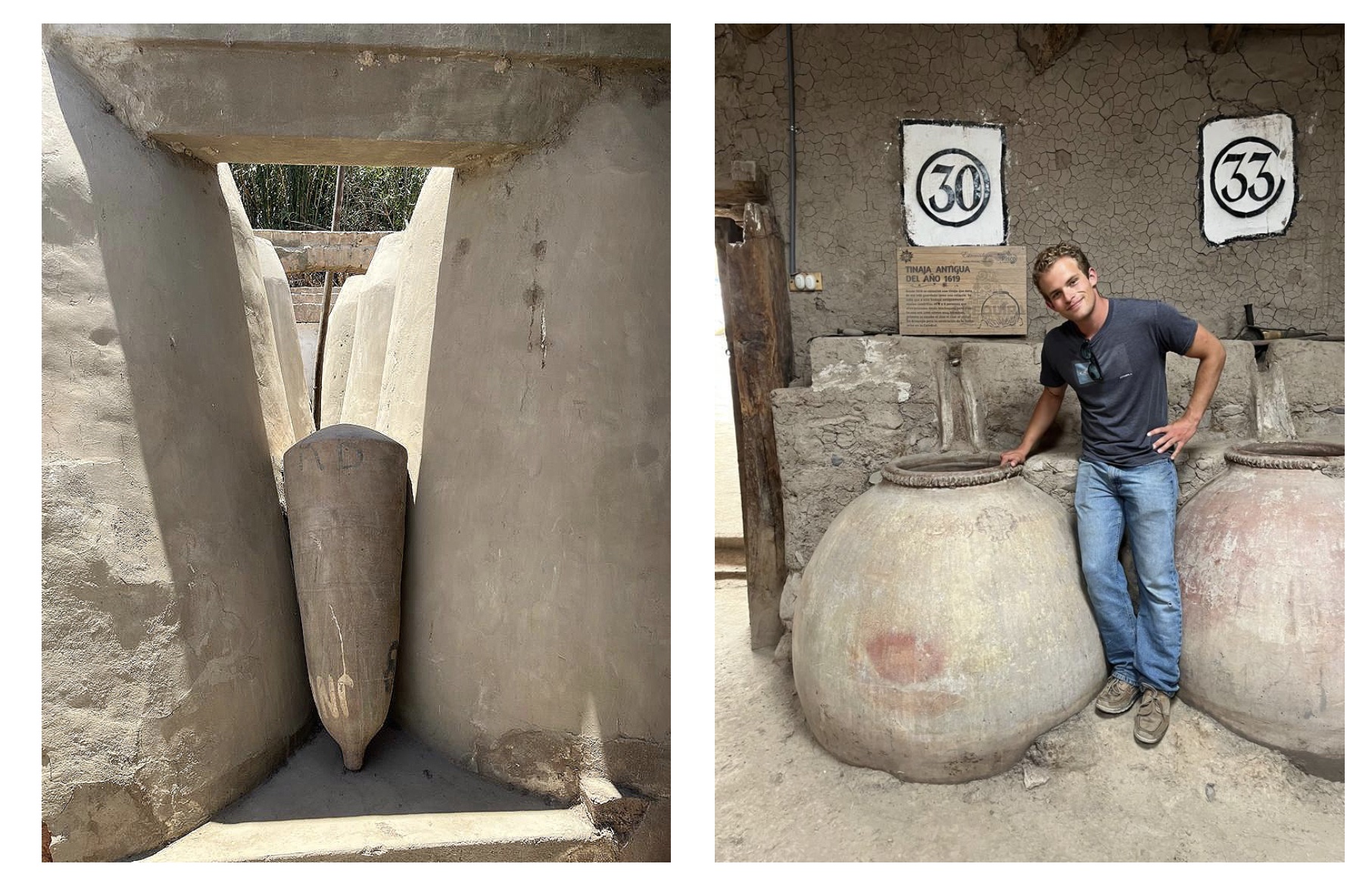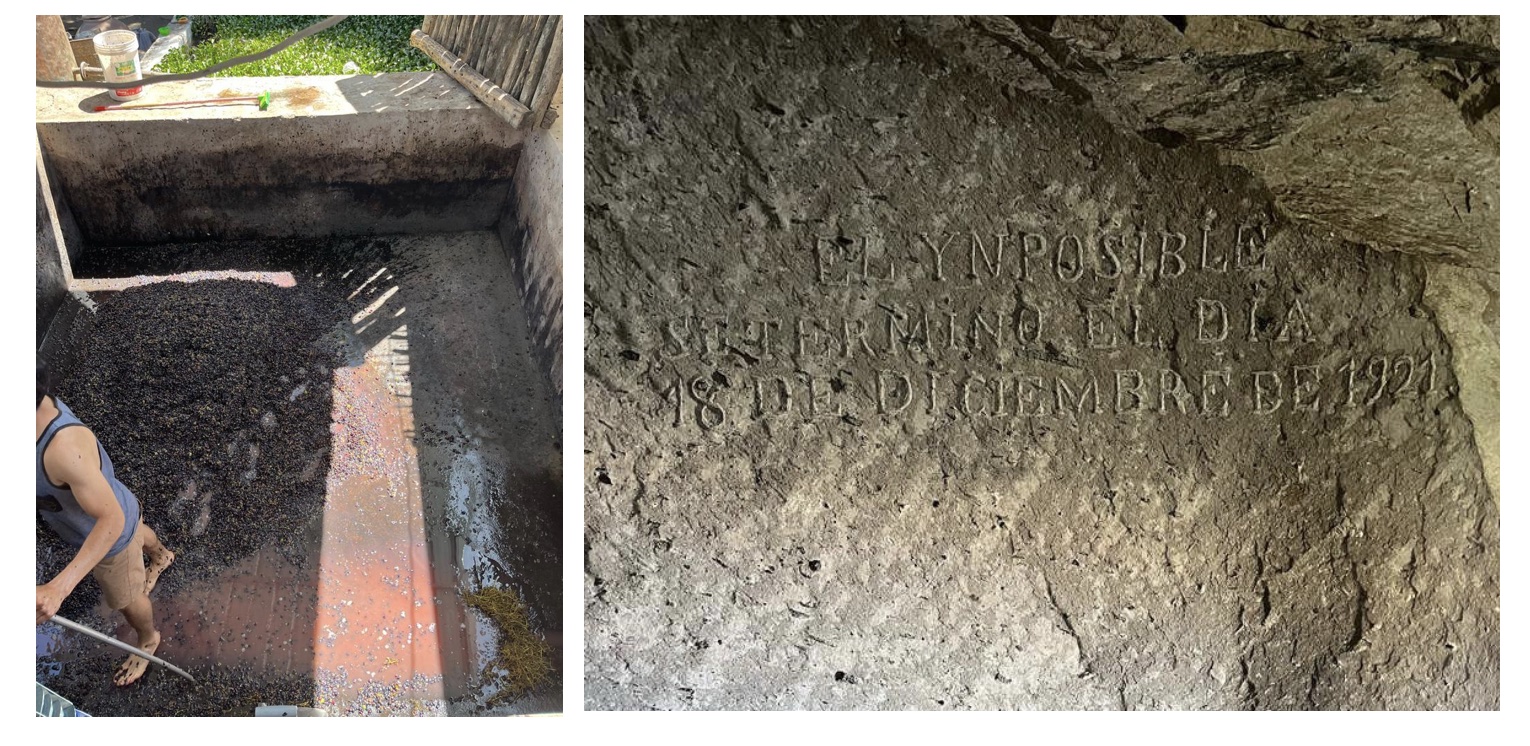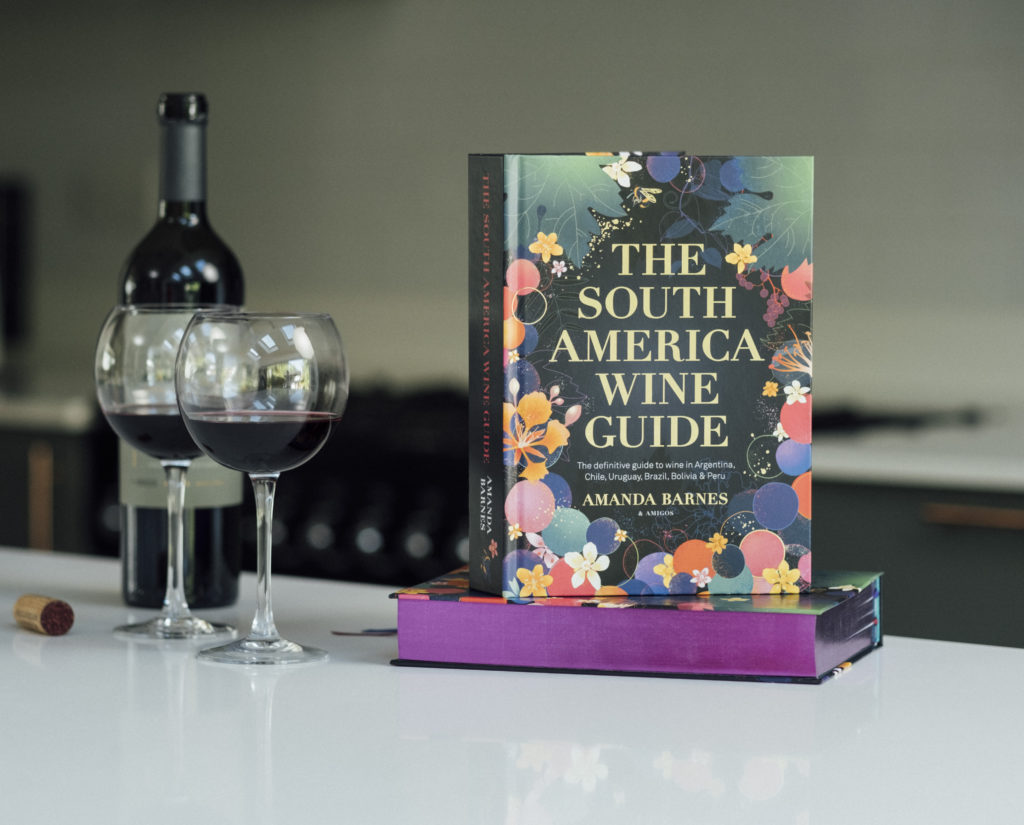Dean Rugg shares his experience doing his first vintage in Peru, with Pepe Moquillaza and his natural wine label, Mimo, as well as a touching experience in Vino de Tinaja 1777 in Arequipa. Despite being a cellar hand in the US for many years, his experience in Peru was the first that brought him out into the vineyards — picking grapes between dust storms and spiders — and gave him an appreciation for Peru’s long history of Croilla varieties and almost-ynpossible cellars.
I woke up just minutes before my alarm to the loud drone of the vendor’s megaphone: “Pollo A La Brasa! Pollo A La Brasa! Pollo! Pollo! Pollo!” It was 6 a.m. in San Juan Batista, Ica, as we sleepily loaded into the car with our Pisco hangovers. We were headed to Quiollay, and to a 400-year-old Spanish Hacienda which was built to process the estate’s grapes.
When we arrived, the sun was just peeking out, a clear sign it would be a hot day. Ica is one of the driest wine regions in the world, with the desert dust and smoke from the town’s wood ovens only intensifying the aridity. We were harvesting the reds, fighting through the leaves and spiders to pick Quebranta, Mollar, and Negra Criolla. I had never harvested in the vineyards before, my work had always been in cellars. I watched the practiced Iqueños run up and down the rows with their crates while I struggled to fill my own.
We harvested the whites, Albilla, Italia, and Muscat de Alejandría, the next day while also hosting a great array of guests. There were chefs, photographers, journalists, distributors, and winemakers from over half a dozen countries. While sharing a delicious, traditional Peruvian meal, we all swapped stories and bottles, the epitome of both wine industry showmanship and Latin American hospitality.
The wines we made that vintage were thoughtful. Pepe’s MiMo label experiments with prolonged skin contact, anywhere from nine months to three years. This results in wines with complete extraction, oxidative protection, and a powerful salinity from the ancient seabed-turned-desert. By the time we finished, we had put two and a half tons of must in the tanks that would be their home for quite some time.

Getting to the roots of Peruvian wine, and Pisco…
I realized early on that, to understand Peruvian wine, I had to understand Pisco. Pisco is a wine distillate regulated by Denomination of Origin, a protected indication that designates eight Criolla grapes and outlines production practices. Centuries ago, when the Spanish crown outlawed wine production, Peru needed to make use of the extensive grape plantings in their lands. Distillation was the answer. My journey took me to Arequipa, the countries’ mountainous wine and Pisco production area. There I met Kami Kenna and Franklin Lajo to tag along. Kami was doing research for her master’s thesis on Pisco, while Franklin was our local connoisseur and guide.
This is where Peru’s diversity became apparent. In the north, they use amphora vessels known as botijas. These are small containers that are designed to be packed tightly on ships, due to Lima’s historical maritime influence. Further south, however, they use much larger versions of these, named tinajas. These much larger vessels, used for the maceration and fermentation process, are always embedded in the ground, either partially or fully buried.

Together we toured through the La Joya, Vitor, and Majes Valleys meeting a wide variety of Pisco producers and learning family traditions that date back hundreds of years. Each winery was unique, however, and at the heart of every amazing Pisco is also an amazing wine. Making this connection opened my eyes to the distinct characteristics found in these Criolla varieties.
Going deeper underground in Arequipa
Soon I was in the vineyards of Caravelí, another valley in Arequipa. Caravelí is remote, and though its culture and people are vibrant, there was something specific here I desperately needed to see. Keith Diaz, associate of Pepe in Vino de Tinaja 1777, had recently proven he had a completely new varietal, found nowhere else in the world! This grape is special. Somewhere along its lineage in the isolated valley, the Negra Criolla had a spontaneous mutation causing its skins to become a greyish-gold, earning it the name Mulata. They were beautiful.
I didn’t get a chance to work with the Mulata, but at a height of 1,777 meters above sea level, we did harvest the classic Negra Criolla, foot-stomping them in a traditional lagar. The lagar is a large, flat, stone or concrete crush pad that allows the juices to run by gravity one to two meters into the cellars below.

We filled the in-ground tinajas with almost 1,000 liters of juice, allowing it to start fermenting naturally, but then they showed me the biggest surprise and most impressive part of the location. I was taken to a production facility carved out of a massive, single hillside of Caravelí’s volcanic stone around the turn of the 20th century.
Their lagar runs directly from crush pad to fermentation vessels, all made on the same hillside. Deeper into the knoll was a massive cellar which took twenty years to carve. This cellar was built so no direct sunlight ever shines inside. In the dark shadow of the cavern, you could barely read the inscription carved into the wall: “El Ynposible Se Termino El Dia 18 de Diciembre de 1921 – They finished the impossible on the day of December 18, 1921.”
My travels around the world have granted me many incredible adventures, but the wines and people I have experienced across Peru have been completely unique. The culture of the Peruvian people can only be fully understood in person, and I am honored to have spent my time here.
Main image: The bulk of the harvest team for MiMo Wines in Vintage 2022. Left to right – Lucho, Dean Luis, Nacho Moquillaza, Pepe Moquillaza, Dean Rugg, Paulo Rivas Peña.
Want to read all about Peruvian wine?
ORDER YOUR COPY of The South America Wine Guide now!
Peruvian e-book AVAILABLE ONLINE too.

